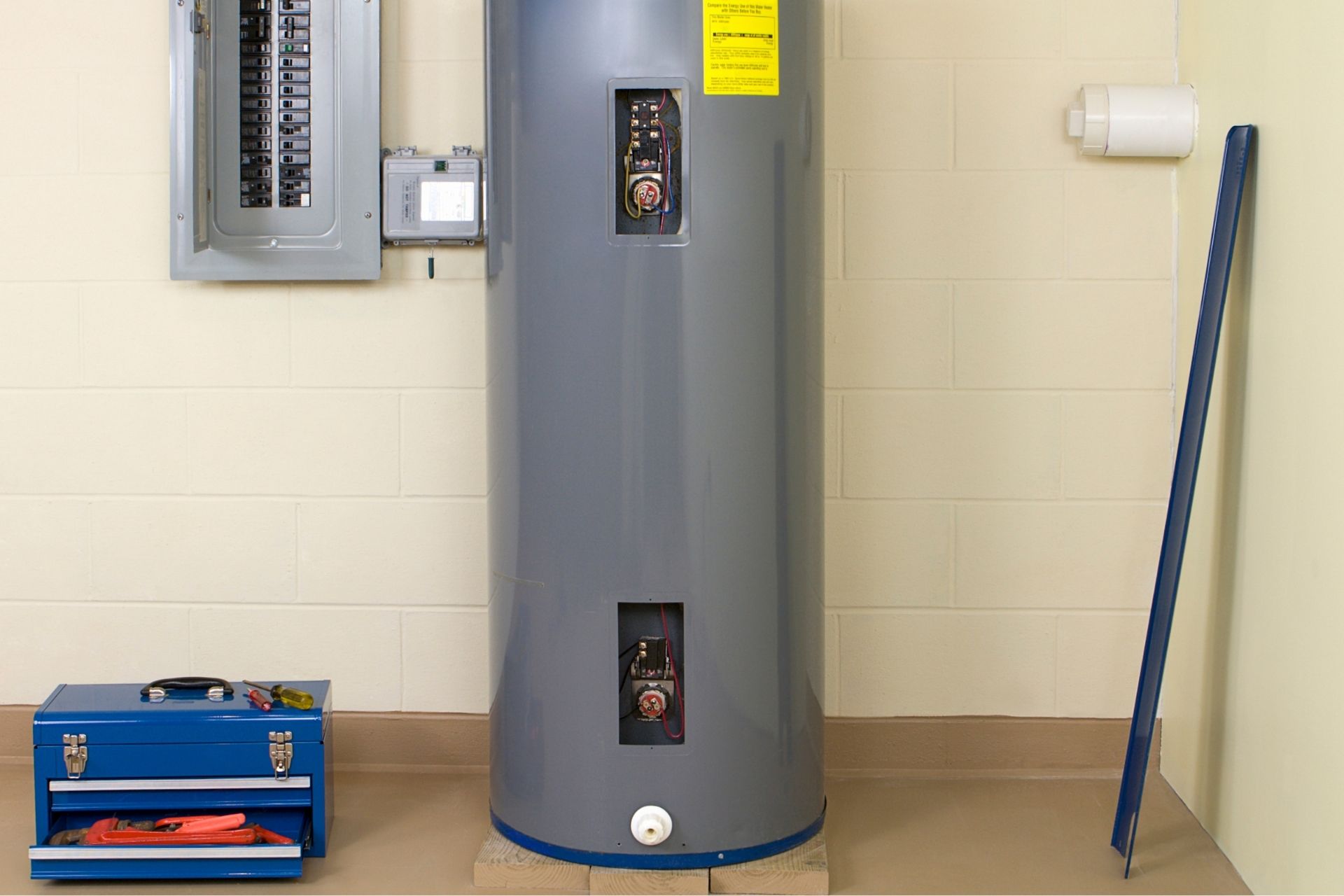Steps on How to Care for Your Home's Hot Water System ProperlyHow to Successfully Care for Your Home's Hot Water SystemSimple Guide to Caring for Your Home's Hot Water System
Steps on How to Care for Your Home's Hot Water System ProperlyHow to Successfully Care for Your Home's Hot Water SystemSimple Guide to Caring for Your Home's Hot Water System
Blog Article
Just about everyone may have their private perception with regards to Tips on Maintaining a Water Heater.

Warm water is necessary for daily convenience, whether it's for a refreshing shower or washing recipes. To ensure your warm water system runs effectively and lasts much longer, regular upkeep is essential. This short article gives sensible ideas and insights on how to maintain your home's warm water system to stay clear of disruptions and costly repair work.
Intro
Keeping your home's hot water system may seem challenging, but with a couple of simple actions, you can ensure it runs efficiently for many years to come. This guide covers whatever from recognizing your warm water system to do it yourself upkeep ideas and knowing when to hire professional help.
Value of Maintaining Your Hot Water System
Normal maintenance not just prolongs the lifespan of your hot water system yet also ensures it runs successfully. Overlooking upkeep can bring about decreased efficiency, higher power expenses, and also early failing of the system.
Signs Your Hot Water System Requirements Upkeep
Recognizing when your hot water system needs interest can prevent significant issues. Look out for signs such as irregular water temperature level, strange noises from the heating system, or corroded water.
Understanding Your Hot Water System
Prior to diving into upkeep jobs, it's helpful to understand the standard components of your warm water system. Typically, this includes the hot water heater itself, pipelines, anode rods, and temperature controls.
Monthly Upkeep Tasks
Normal month-to-month checks can help capture minor problems before they intensify.
Flushing the Water Heater
Flushing your water heater eliminates debris accumulation, boosting effectiveness and extending its life.
Monitoring and Changing Anode Rods
Anode poles avoid corrosion inside the tank. Inspecting and changing them when worn is critical.
Evaluating and Readjusting Temperature Level Setups
Changing the temperature level setups makes certain optimum efficiency and security.
DIY Tips for Upkeep
You can do a number of maintenance jobs on your own to maintain your warm water system in leading problem.
Looking for Leakages
On a regular basis check pipes and connections for leaks, as these can bring about water damages and greater costs.
Checking Pressure Relief Valves
Testing the stress safety valve guarantees it functions appropriately and protects against excessive pressure buildup.
Protecting Pipes
Insulating warm water pipelines decreases warmth loss and can conserve energy.
When to Call a Specialist
While DIY maintenance is beneficial, some concerns call for specialist expertise.
Complex Concerns Calling For Expert Assistance
Examples include significant leaks, electric problems, or if your hot water heater is regularly underperforming.
Regular Expert Upkeep Advantages
Specialist maintenance can include detailed assessments, tune-ups, and ensuring compliance with safety and security standards.
Final thought
Regular maintenance of your home's hot water system is necessary for efficiency, durability, and price savings. By complying with these pointers and knowing when to seek specialist assistance, you can ensure a trusted supply of hot water without unexpected interruptions.
How to Maintain an Instant Hot Water Heater
Before tinkering with your hot water heater, make sure that it’s not powered on. You also have to turn off the main circuit breaker and shut off the main gas line to prevent accidents. Also turn off the water valves connected to your unit to prevent water from flowing into and out of the appliance. 2. When you’re done, you have to detach the purge valves’ caps. These look like the letter “T” and are situated on either side of the water valves. Doing so will release any pressure that has accumulated inside the valves while at the same time avoid hot water from shooting out and burning your skin. 3. When the purge valves’ caps are removed, you have to connect your hosing lines to the valves. Your unit should have come with three hoses but if it didn’t, you can purchase these things from any hardware or home repair shops. You can also get them from retail stores that sell water heating systems. Read the user’s manual and follow it to complete this task properly. When the hosing lines are connected, open the purge port’s valves. 4. You should never use harsh chemical cleaners or solutions when cleaning your unit. Make use of white vinegar instead. It should be undiluted and you’ll probably use about 2 gallons. 5. Now flush your water heater. This task should probably take about 40 minutes. We can’t give you specific directions for this because the procedure is carried out depending on the type, model and brand of your heater. With that being said, refer to the user’s manual. 6. When you’re done draining the unit, you have to turn off the purge port valves again. Remove the hosing lines that you earlier installed on each of the water valves. Put the valve caps (purge port) back in their respective places and be very careful so as not to damage the rubber discs that are found inside these caps. 7. Now that everything’s back in place, check your user’s manual again to find out how to reactivate your water heating system. 8. Once it is working, turn one of your hot water faucets on just to let air pass through the heater’s water supply pipes. Leave the tap on until water flows smoothly out of it. https://www.orrplumbing.com/blog/2014/september/how-to-maintain-an-instant-hot-water-heater/

I was made aware of that report on Tips For Maintaining Your Hot Water Heater through a good friend on a different domain. Sharing is nice. Helping others is fun. Thank-you for going through it.
Visit Site Report this page